Frances Isabelle Lockwood Brundage became famous thanks to the numerous postcards she created. Her opus is amazing. It looks like she worked almost non-stop from her 17th year right to her death at 82 years, illustrating hundreds of books and thousands of picture postcards with numerous printable projects as well.
We'll never know why she had only one child who died before turning two and what would happen to her career if she spent more time as a mother and housewife.
Let's explore Frances Brundage in 10 of her numerous roles!


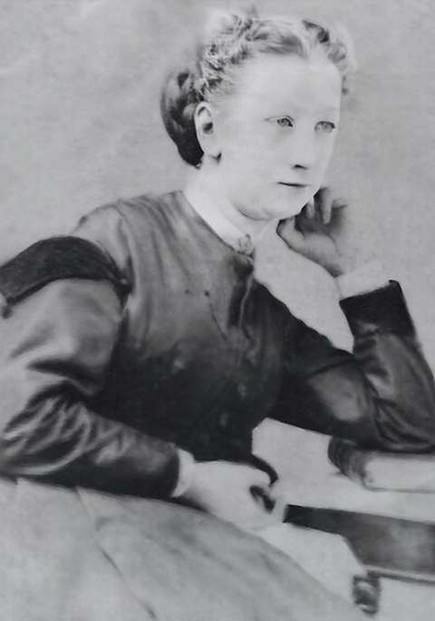
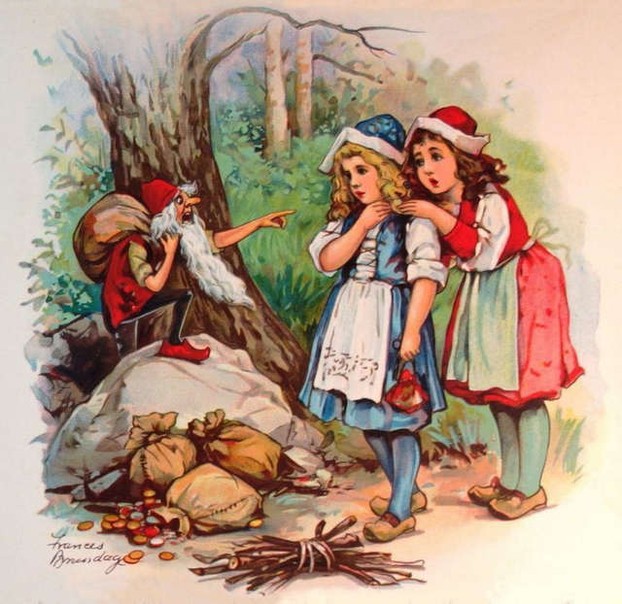
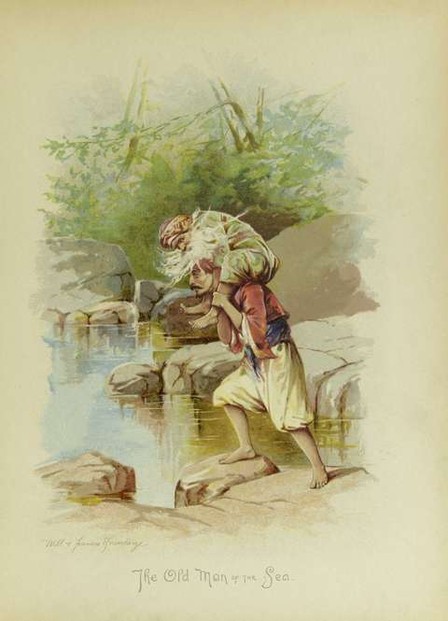
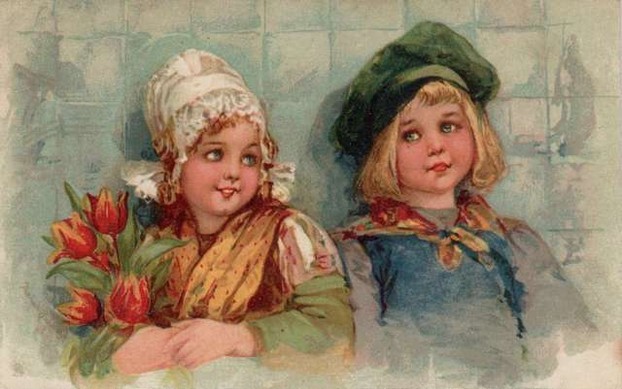
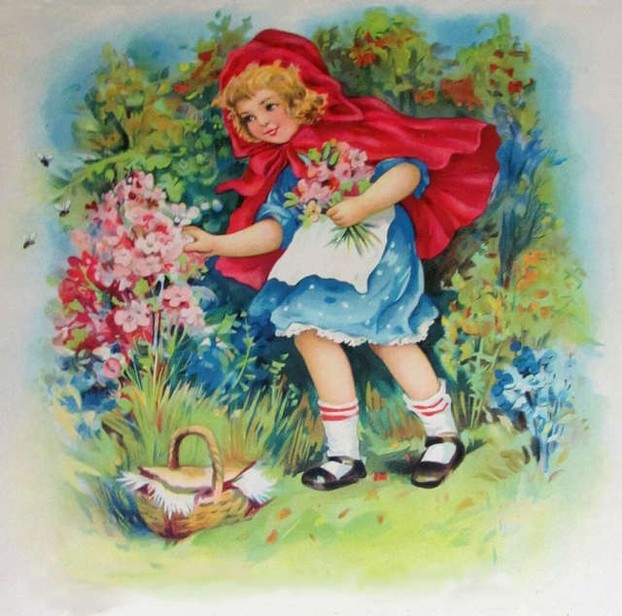
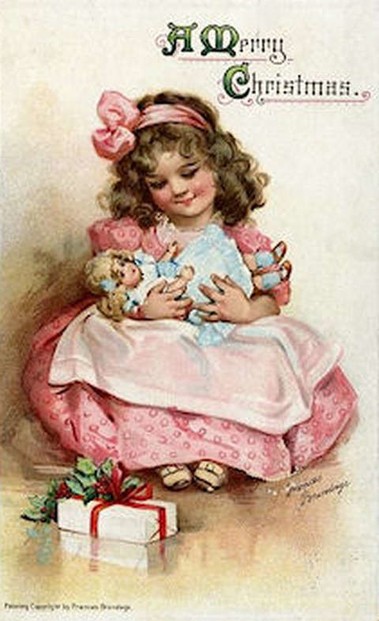
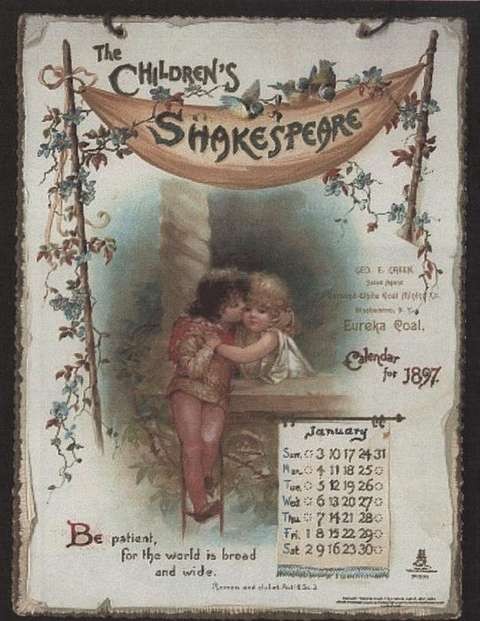
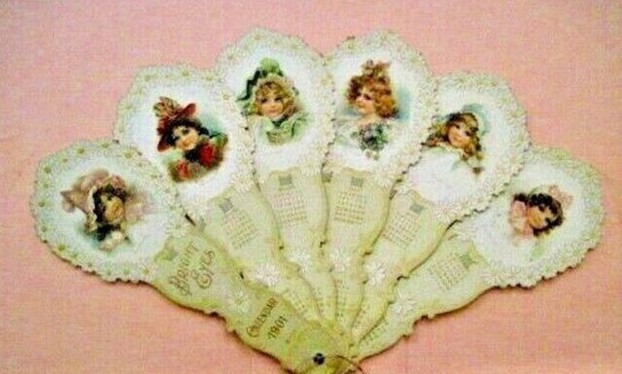
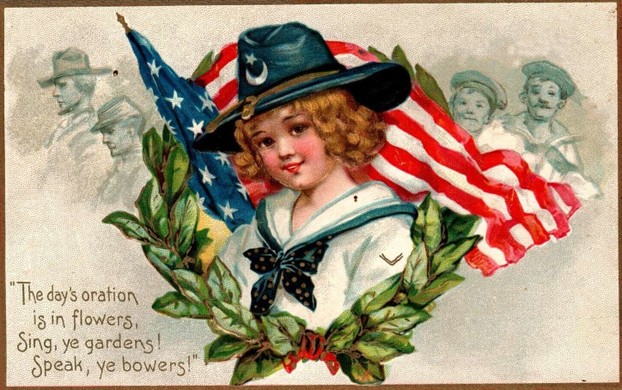
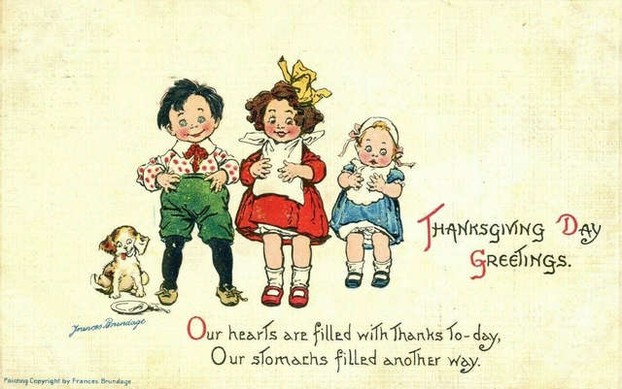

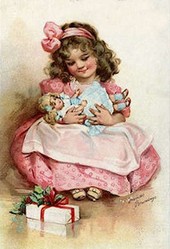

 Vintage Postcard Artists with 10 Examples of Easter Cardson 02/21/2025
Vintage Postcard Artists with 10 Examples of Easter Cardson 02/21/2025
 Valentine's Symbolson 01/23/2025
Valentine's Symbolson 01/23/2025
 Thanksgiving Symbolson 11/12/2024
Thanksgiving Symbolson 11/12/2024
 Famous Witches in Literary Historyon 10/06/2024
Famous Witches in Literary Historyon 10/06/2024

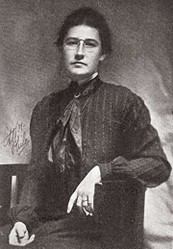
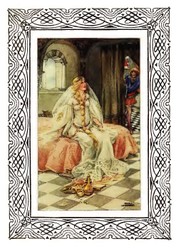
Your thoughts on Frances Brundage
No, I don't think so. I don't know if one strip is absent or maybe there was an envelope with 'missing' months or something else. Sorry.
The image between the 8th exporter and the 9th importer roles held by Frances intrigues me.
The little girl's hat manifests a crescent and a star. Albeit not in the same arrangement, with the moon under not next to the star, it prompts images of the Türkiye flag.
Would there be any other association that you know of for that crescent-and-star arrangement?
The image under Frances' role as Ephemera creator intrigues.
It looks like five strips with one month on each. That makes January through May. Their backs might have June through October.
But where would November and December? Would they spill over onto another fan?
Yes, DerdriuMarriner, I believe they co-created many works, often credited to Frances, who was way more famous, only.
The girl in the Christmas image beneath Frances' 5th role looks a bit different from all the other little-girl images.
The head seems too big for the body and hands and especially for the tiny, too-close-together feet.
Would there be any indication anywhere as to the date on this image, which otherwise is among the charmingest?
Rembrandt seems like such a strong choice for a child.
Was it a style in the 19th century to name offspring after famous people instead of cherished close friends or family members? Or would that name suggest a collateral descent from the Dutch artist's family?
The German Wikipedia article on Frances describes her as primarily an illustrator to other people's works even as she illustrated and wrote the children's book Adventures of Jack.
Were there few or many instances of Frances as author and illustrator? If so, would they have done better as, same as or worse than the works where she served only as illustrator? Would there be any indication whether she preferred illustrating for others or illustrating and writing for herself?
Some images have Frances' signature even as others have no such authorship indication.
Were there any serious contenders to copying Frances' style so well as to confound even experts?
Would it make a difference if a Brundage collectable lacked her signature or would she be so unique, so uncopyable that even without a signature the item would guarantee a nice price?
It looks like Frances' mother lived from 1820 to 1907. It also looks like Sarah outlived her husband, but not her daughter.
Might Sarah have lived with her daughter even after the latter's marriage to William Brundage?
The image under Frances' sixth role as calendar maker caught my attention.
The calendar has its days organized according to day of the week. For example, Sunday lists all the days upon which it falls on one line. I recall seeing no calendar organized in such a way, with the day of the week having all its dates on one line.
Would it have been a common, ordinary, typical organization of a calendar month during Frances' lifetime to have organized days and dates of the week in such a way?